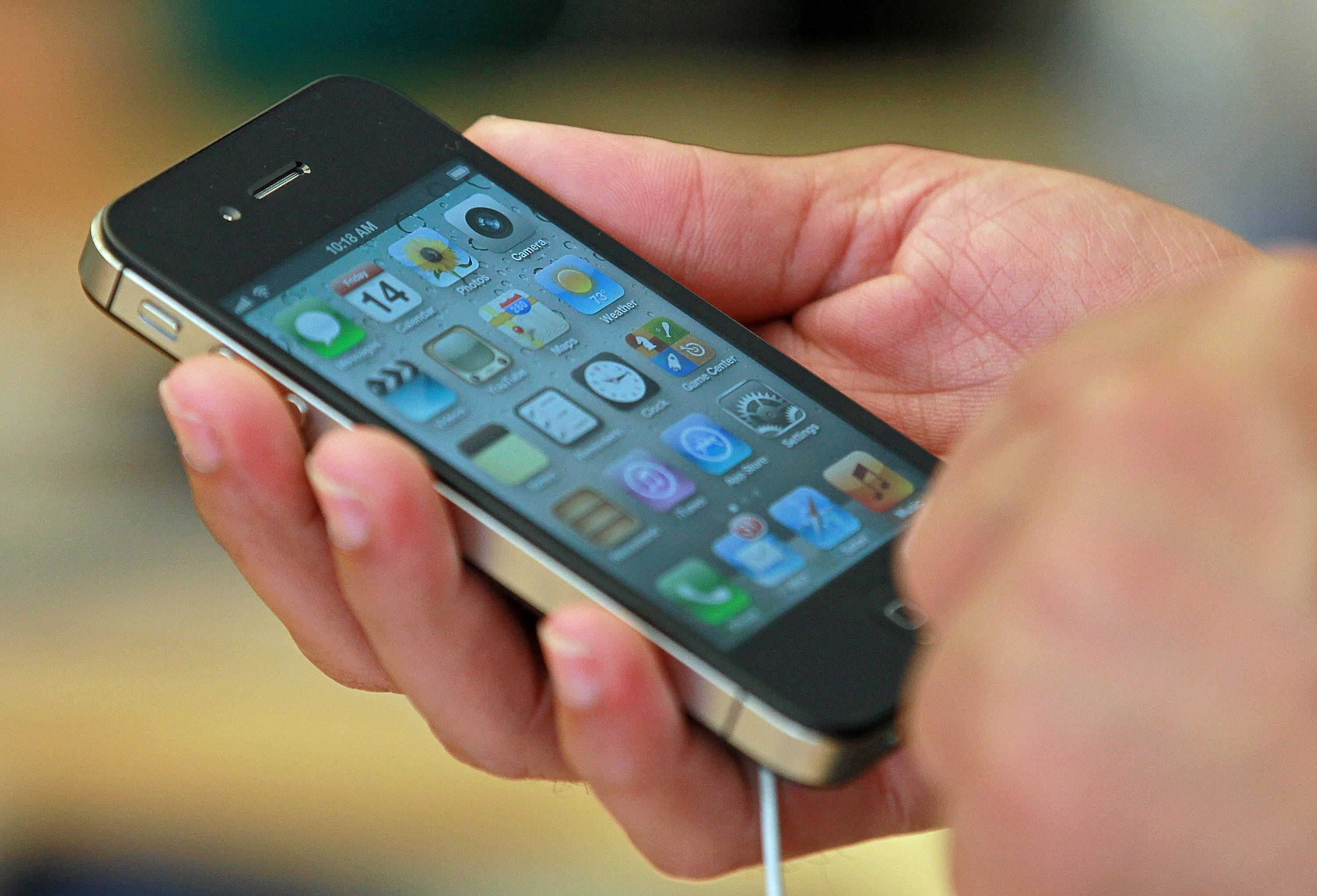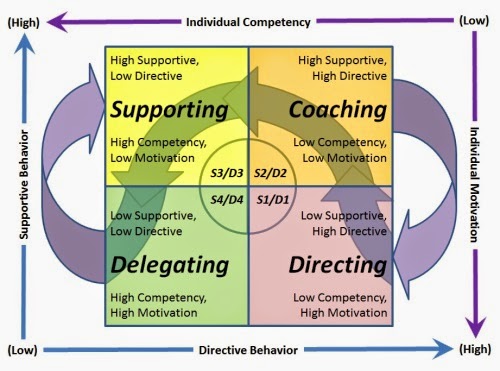Introduction
By practicing different team settings in discussion process of developing kitchenware, we aimed at exploring the relationship between creativity and team trust in different kinds of organization.Our discussion process features two different settings: The first one (exercise A1) features the team setting in a traditional organization, which a supervisor has the authority controlling the discussion. The second one (exercise A2) features the team setting in an innovative organization, like Pixar.
Team Discussion Process in a long legacy company
Movie Script for Exercise A1 – Kitchenware presentation in a long legacy company
Good afternoon, CEO, Chief Operating Officer, Marketing Director, I’m Terry, the product development manager. Today I am going to present you the newly designed microwave oven. The microwave oven is designed with simple button for control, furthermore, it is designed to operate with both solar energy and electricity. Sustainable energy is a very hot topic in modern society, this microwave oven is installed with a chargeable battery and solar energy panel. During the daytime, energy is stored into the battery and the energy will be released when the oven operates.
We target to sell this microwave often in some rural areas in China, where sunshine is more readily available than in the cities. The design of simple button is for convenient control for elderly people.
We believe this simple and solar energy-operating microwave oven is very suitable to use in rural areas in China.
Team Discussion Process in an innovative company
We further our discussion by brainstorming the pros and cons of each idea. After elaboration of each idea, and we finally compromise that the microwave oven with control over mobile phone application is the best idea.
Damon: Mary, you look so tired today.
Mary: Damon, yes, I am very tired after today's hard work in office.
Damon: Then you should go home to enjoy your dinner !
Mary: What? Enjoy my dinner? I have to rush to my house and cook for it. It is definitely not enjoyable.
Damon: Oh, sorry about that.
(Damon took his mobile phone out and press some keys)
Mary: Damon, what are you doing?
Damon: I am sending signal to my microwave oven for it to prepare my dinner.
Mary: How can you do that?
Damon: This newly designed microwave often is connected to the Internet by wifi.
Mary: That's interesting, tell me more about that.
Damon: Before going to work in the morning, just put the food package inside the oven. It will work like a refrigerator until the right time. When I’m about to leave office, simply give a signal to the oven by using the MyOven application on my mobile phone. The application will then detect my location, and the food will be cooked at the right time before I arrived.
Mary: This is design is very useful for busy person like me. I don’t need to worry about my dinner anymore.
Damon: This microwave often is very suitable for people who are too busy to cook. We believe this will be popular in Hong Kong.
For exercise A1, this is a traditional centralized power company. As team members, when we get an idea, we have to double think before speaking to supervisor. Even our idea is good, he's always able to find out at least two negativeness of suggestions. It's a little disappointed us, there is no encouragement at all.
The atmosphere is too strict, no laughing allowed, no freedom. And we're afraid to communicate with each other. Each time, we have any suggestion, we need to hand up like pupils. Only getting permission from supervisor, then we have possibility to speak.
For exercise A2, all team members are equal. Everyone has the chance to raise or to voice out for our idea. At the beginning, there is no supervisor/leader in our team that nobody directs our discussion. So, it is not enough trust among us. Each of us often argues for our own opinion. Final decision cannot be easily made.
Movie Script for Exercise A2 – Kitchenware presentation in an innovative company
Damon: Mary, you look so tired today.
Mary: Damon, yes, I am very tired after today's hard work in office.
Damon: Then you should go home to enjoy your dinner !
Mary: What? Enjoy my dinner? I have to rush to my house and cook for it. It is definitely not enjoyable.
Damon: Oh, sorry about that.
(Damon took his mobile phone out and press some keys)
Mary: Damon, what are you doing?
Damon: I am sending signal to my microwave oven for it to prepare my dinner.
Mary: How can you do that?
Damon: This newly designed microwave often is connected to the Internet by wifi.
Mary: That's interesting, tell me more about that.
Damon: Before going to work in the morning, just put the food package inside the oven. It will work like a refrigerator until the right time. When I’m about to leave office, simply give a signal to the oven by using the MyOven application on my mobile phone. The application will then detect my location, and the food will be cooked at the right time before I arrived.
Mary: This is design is very useful for busy person like me. I don’t need to worry about my dinner anymore.
Damon: This microwave often is very suitable for people who are too busy to cook. We believe this will be popular in Hong Kong.
Inhibitors to the Product Pitch
For exercise A1, this is a traditional centralized power company. As team members, when we get an idea, we have to double think before speaking to supervisor. Even our idea is good, he's always able to find out at least two negativeness of suggestions. It's a little disappointed us, there is no encouragement at all.
The atmosphere is too strict, no laughing allowed, no freedom. And we're afraid to communicate with each other. Each time, we have any suggestion, we need to hand up like pupils. Only getting permission from supervisor, then we have possibility to speak.
For exercise A2, all team members are equal. Everyone has the chance to raise or to voice out for our idea. At the beginning, there is no supervisor/leader in our team that nobody directs our discussion. So, it is not enough trust among us. Each of us often argues for our own opinion. Final decision cannot be easily made.
At the beginning of the discussion, the atmosphere is not constructive at all. Trust is important at the early stage. Our efficiency of work would be very low and conflict would be easily happened.
Facilitators to the Product Pitch
For exercise A1, due to our supervisor is reliable, credible, who have over 10 years professional working experience in the product development line, after we presented our ideas to him, he can quickly make final decision.
For exercise A2, every member can share and opine freely at every time. So many imaginative ideas were raised from different aspects at this atmosphere. After we compromised other’s opinions, the outcome is generated. Brain storming is encouraged in this situation. It is easily to generate an innovative idea.
Evaluation
Both microwave ovens in exercise A1 and A2 are creative design. For the scripts in A1, it serves as a progress reporting to the management instead of a marketing speech, the marketability is comparatively weaker. For the scripts in A2, the presentation is interactive and is able to catch the attention of the audience, thus it is better in marketability. We further analysis the discussion process with trust and creativity in the below section.
Analysis
"Under conditions of high trust, problem solving tends to be creative and productive. Under conditions of low trust, problem solving tends to be degenerative and ineffective"(Boss,1978). Analysis
For exercise A1, since supervisor's character is integrity, reliable and have professional capability, team members trust him. But from up to down, there's little trust, and due to lack of communication between members, there's little trust too. An integrity, reliable and capable supervisor is needed for each team, it can accelerate the decision-making, and avoid the freedom too far.
In this situation, lack of communication is a major reason of low trust in team. If internal discussion is encouraged in the team, it will help to increase team member trust, and enhance team productive relationship, finally facilitate product development process.
As there is no supervisor/leader in exercise A2, every member would like to raise opinion and ideas are freely expressed. We talk straightly without concerns or worries and it will increase our perceived integrity.
During the process of negotiation, we increase credibility and remove doubts. Then, transparency is created among our team. We build trust through discussion and transparency speaking. Supportive and constructive ideas would be made in this kind of atmosphere. After all, we extend trust by enhancing integrity, credibility and competence. As we have high trust, we can achieve our team goals easily.
Trust=(credibility+reliability+intimacy)/self-interest (David, Charles, Robert ,2000)
In exercise A1, because the supervisor with professional ability, and characteristics is integrity, so credibility is high; and according to past decision-making and other actions of supervisor, he is reliable in member's mind, can be dependable; but intimacy is not enough, it's lack of appropriate internal talking, contact; self-interest also means self-orientation, if members pay individual interest higher than team goals, it will decrease team trust. Like exercise A1, team goal is much important than personal interest, it will help to increase trust.
In the early stage of exercise A2, there is no supervisor or leader to make a decision. Integrity is low; and each team members are not trust each other. Each of them just wants to express their own opinion instead of achieving team goal. Obviously, individual goal is over the team goal in this moment and hence, team trust is low. Hopefully, team trust can be built if all members open their mind, admit weakness and mistakes, ask for help, accept others’ opinions even in their areas of responsibility. Trusting team will be built. If there is an outstanding team member acting as a supervisor or facilitator who is responsible for decision making. Team efficiency would be improved sharply.
From this theory, the most critical is self-interest. Trust will be lower when self-interest is high. In a traditional organization, a competent team leader should be able to communicate to the team that they are working on a common goal in order to increase team trust. In an innovative organization like Pixar, it is their organizational culture to drive all individual contributors to achieve team goal.
Other Concerns
Team Development
According to Tuckman’s stages of group development (Tuckman, 1965), team would suffer in several stages, i.e. forming, storming, norming and performing in order to build the team relationships and the task execution. Contribution of team members would be quite diffidence in each stage. Tuckman’s Model provides a framework for team development but it still cannot tell us how can an individual team member brings in collaborative effort. As we mentioned, the creativity is heavily linked with team trust, it is very important to build up team trust in the stages of team forming, storming and norming, so as to build up a high performing team with high degree of trust to carry out innovative thinking tasks.
Leadership and Teamwork (reflection on action and for action)
After studying this two exercises,we reflected that suitable leaders are needed in team works. But what kind of leaders are best for team working? The leaders will not only encourage team innovation but also accelerate team work, ensure work efficiency and effectiveness.
Normally we know there are four styles of leaderships.(Hersey and Blanchard)
S1. Directing: Leaders provide specific direction and closely monitor task accomplishment.
S2. Coaching: Leaders continue to direct and closely monitor task accomplishment, but also explain decisions, solicits, suggestions, and supports progress.
S3. Supporting: Leaders facilitate and support followers' efforts towards task accomplishment and share responsibility for decision-making with them.
S4. Delegating: The leader turns over responsibility for decision-making and problem-solving to followers.
We think there's no one style leader is wrong, all kinds of leaders have its own market value. Just based on different situation, especially the followers development ability.
Like exercise A2, we can see clearly that team members are high innovative and automatically engage in work for company. At this situation, leaders shall support team members, encourage them discuss freely, trust them, will increasing innovating atmosphere. Before making final decision, ask their ideas and feeling.
From exercise A1, we cannot see directly whether followers are with high development ability, if they're low competence but high commitment, leaders can direct them, provide clear direction, and supervise their working.
Conclusion
A credible and reliable supervisor is needed in team work, and the common goal in a team shall be more important than self-interest. Effective and freely communication shall be encouraged to increase member's intimacy. Then the whole trust can be increased constantly, and eventually help the product development process.
Since team trust is important in an innovative team, we suggest to build up team trust in the stages of team forming, storming and norming. A supportive leadership style should be adopted towards an innovative team so that members can deliver their ideas freely.
References
Boss, W.R. (1978), “Trust and Managerial Problem Solving Revisited,” Group & Organization Management, Vol.3 No. 3, pp. 331-342
David H. Maister, Charles H. Green, and Robert M. Galford, The Trusted Advisor New York: First touchstone,2000 P.69
Catmull, E. (2008, September 1). How Pixar Fosters Collective Creativity. Retrieved March 3, 2015, from https://hbr.org/2008/09/how-pixar-fosters-collective-creativity(n.d.). Retrieved March 3, 2015, from http://www.firstiraq.com/sites/default/files/products/5002-1_neu.jpg
http://www.jvpservicecentre.com.au/wp-content/uploads/2011/04/microwave-oven-repairs-sydney-australia-service-centre.jpg
http://www.solarpanel-manufacturer.com/picture/small-solar-panels/10-watt-solar-panel.jpg
http://scottdatabases.com/images/solutions/mobile-apps-3.jpg
Hersey, P. and Blanchard, K. H. (1969). Management of Organizational Behavior – Utilizing Human Resources. New Jersey/Prentice Hall.
Tuckman, Bruce (1965) “Development sequence in small groups”. Psychological Bulletin 63(6): 384-99. Doi:10.1037/h0022100. PMID 14314073. Retrieved 2008-11-10 “Reprinted with permission in Group Faclitation, Spring 2001”













